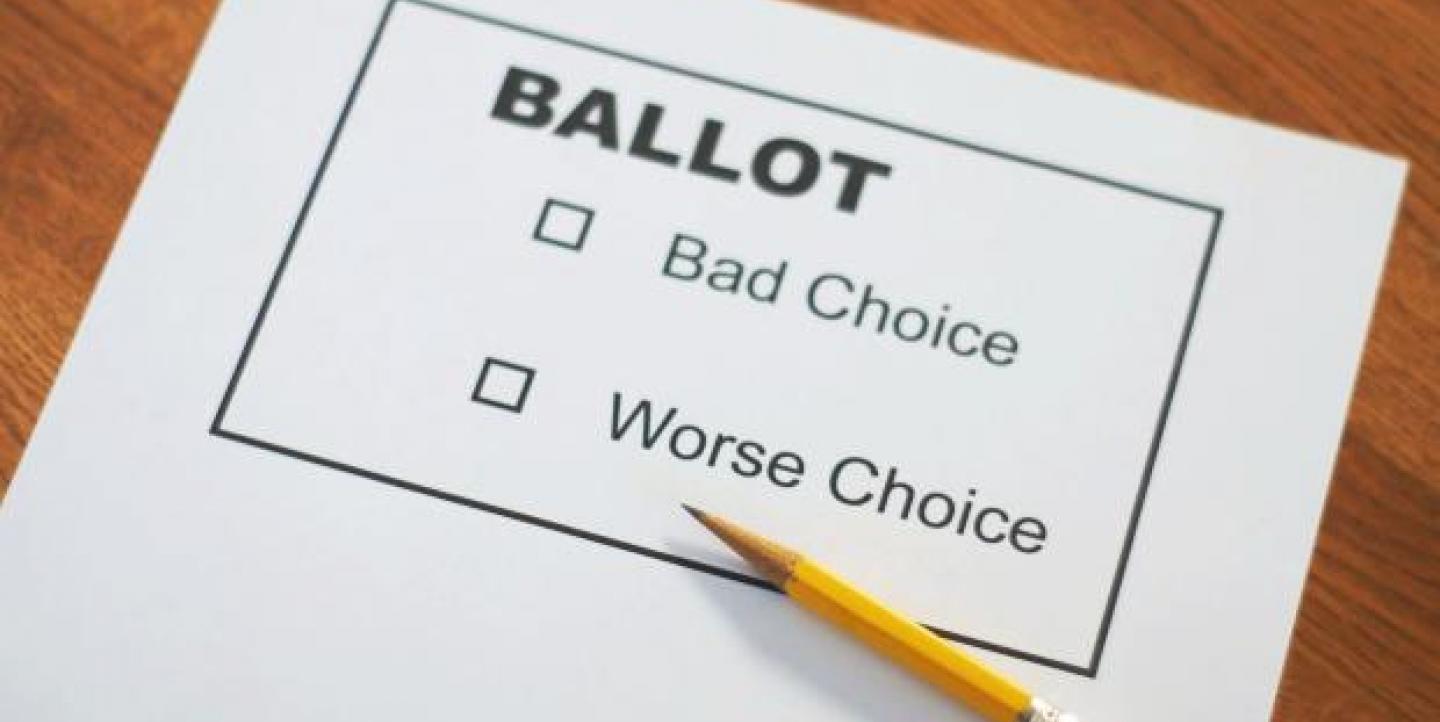Politicians often lament that the press only reports the negative news about them.
When it comes to the current U.S. presidential election, it turns out they are right, a new study says. A report by Pew Research Center's Project for Excellence in Journalism (PEJ), which tracked campaign coverage from May 29 to August 5, found that over two-thirds of all coverage is negative.
The report concludes that coverage of President Barack Obama was 72 percent negative and news stories on his Republican opponent Mitt Romney was 71 percent negative.
"The American news media in its coverage of the candidates appears increasingly to be a conduit of partisan rhetoric and less a source than it once was of independent reporting," said PEJ Director Tom Rosenstiel in a press release. "This may reflect the impact of shrinking newsrooms. But it probably also helps explain why the campaign feels so negative."
The dominant assertion about Obama in the media has been his failure to pull the U.S. out of its economic recession, while Romney has been depicted as a pompous capitalist. Of the 10 weeks PEJ monitored campaign reports, there was not one week in which either candidate saw coverage that was more positive than negative--nor was it ever a close call.
PEJ, which began tracking election coverage in 2000, reported that the 2004 race between George W. Bush and John Kerry was covered just as negatively.
PEJ also found that the criticisms of each candidate were based primarily on campaign-related conduct, rather than political track record. The consistently negative coverage could be partially explained by the lack of game-changing political happenings, the report says.
"There has been no signature event that might cause the media to re-evaluate the storyline or perception of either candidate," the report says. "In lieu of that, both campaigns have been engaged in a fairly static debate, one waged largely through the candidates, their surrogates and other allies repeating talking point themes over several months."
The report noted that the role of journalists in campaign news dissemination is decreasing, while the public's reliance on partisan sources is rising. About 48 percent of reports came from non-objective sources, including the candidates, campaign members, super PACs and political ads. Journalists comprised 19 percent of these partisan sources, with television and radio talk show hosts contributing 8 percent and outside experts 10 percent. Polls and voters comprised 6 and 5 percent, respectively.
"The shrinking role of journalists in shaping the master character narratives of the candidates more likely reflects diminishing reportorial resources in newsrooms and more reliance, on television in particular, of live interview formats in which partisans are invited to deliver campaign messages," the report says.
The content was based on media coverage originally captured as part of PEJ's weekly News Coverage Index (NCI). The report was based on media coverage from 50 major print, online and broadcast outlets, including The New York Times, ABC and National Public Radio (NPR).
To view the full report, click here.
Photo courtesy of Morguefile.

